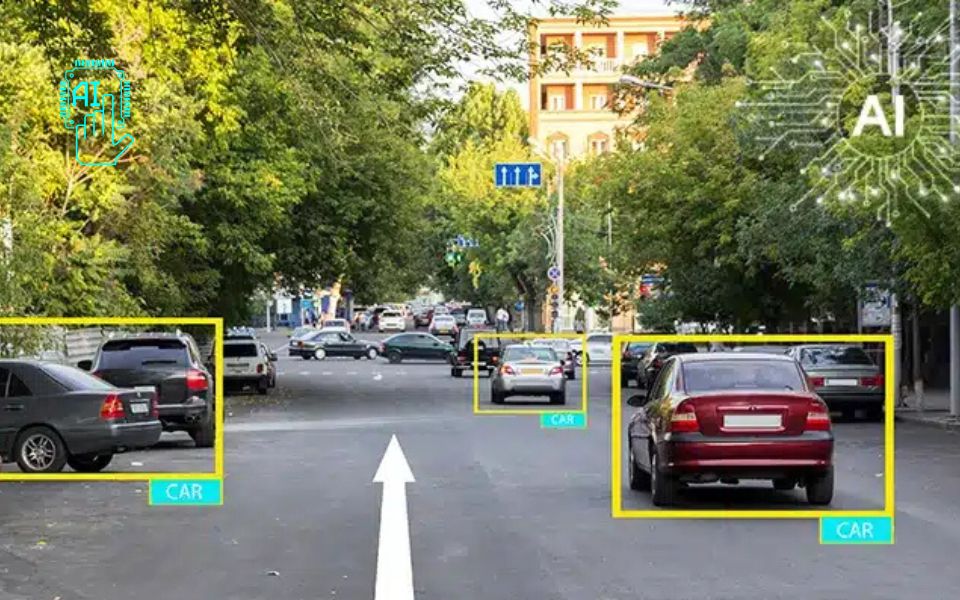Terms of Use
The use of this site and the content contained therein is governed by the Terms of Use. When you use this site you acknowledge that you have read the Terms of Use and that you accept and will be bound by the terms hereof and such terms as may be modified from time to time.
- All text, graphics, audio, design and other works on the site are the copyrighted works of nasscom unless otherwise indicated. All rights reserved.
- Content on the site is for personal use only and may be downloaded provided the material is kept intact and there is no violation of the copyrights, trademarks, and other proprietary rights. Any alteration of the material or use of the material contained in the site for any other purpose is a violation of the copyright of nasscom and / or its affiliates or associates or of its third-party information providers. This material cannot be copied, reproduced, republished, uploaded, posted, transmitted or distributed in any way for non-personal use without obtaining the prior permission from nasscom.
- The nasscom Members login is for the reference of only registered nasscom Member Companies.
- nasscom reserves the right to modify the terms of use of any service without any liability. nasscom reserves the right to take all measures necessary to prevent access to any service or termination of service if the terms of use are not complied with or are contravened or there is any violation of copyright, trademark or other proprietary right.
- From time to time nasscom may supplement these terms of use with additional terms pertaining to specific content (additional terms). Such additional terms are hereby incorporated by reference into these Terms of Use.
Disclaimer
- The Company information provided on the nasscom web site is as per data collected by companies. nasscom is not liable on the authenticity of such data.
- nasscom has exercised due diligence in checking the correctness and authenticity of the information contained in the site, but nasscom or any of its affiliates or associates or employees shall not be in any way responsible for any loss or damage that may arise to any person from any inadvertent error in the information contained in this site. The information from or through this site is provided "as is" and all warranties express or implied of any kind, regarding any matter pertaining to any service or channel, including without limitation the implied warranties of merchantability, fitness for a particular purpose, and non-infringement are disclaimed. nasscom and its affiliates and associates shall not be liable, at any time, for any failure of performance, error, omission, interruption, deletion, defect, delay in operation or transmission, computer virus, communications line failure, theft or destruction or unauthorised access to, alteration of, or use of information contained on the site. No representations, warranties or guarantees whatsoever are made as to the accuracy, adequacy, reliability, completeness, suitability or applicability of the information to a particular situation.
- nasscom or its affiliates or associates or its employees do not provide any judgments or warranty in respect of the authenticity or correctness of the content of other services or sites to which links are provided. A link to another service or site is not an endorsement of any products or services on such site or the site.
- The content provided is for information purposes alone and does not substitute for specific advice whether investment, legal, taxation or otherwise. nasscom disclaims all liability for damages caused by use of content on the site.
- All responsibility and liability for any damages caused by downloading of any data is disclaimed.
- nasscom reserves the right to modify, suspend / cancel, or discontinue any or all sections, or service at any time without notice.
For any grievances under the Information Technology Act 2000, please get in touch with Grievance Officer, Mr. Anirban Mandal at data-query@nasscom.in.































Comment
Robotics is growing predominantly, and with the arrival of bots, enterprises are enjoying the complete freedom to unlock the full potential of automation. Challenger start-ups are now opting automated design operating models to improve productivity and increase innovation.
Recent studies state that nearly 80 million jobs in US and 15 million jobs in UK are good to opt automation. This innovation saves almost 43% of worker’s time. Enroll for Live Instructor Led RPA Training at Mindmajix. RPA performs almost every kind of low-end task. This doesn’t necessarily diminish the human labour, but it specifically diverts the man energy into something which is more crucial and value-added.Organizations now are taking a step forward in creating virtual workforces to fully digitalize their processes.
Very informative information. These type communities really help people to upgrade with future technology.
Robotic Process Automation is one of the tools that can play an important role in a larger automation. The application brings technologically- advanced solutions to businesses around the world. Robotic Process Automation Certification program is designed to ensure quality delivery of transformational deployments for clients.
RPA with its super technology will provide many benefits such as increased quality, faster production, reduce costs, improve customer satisfaction and what not! Such advantages cannot be ignored. While many businessmen fear that it will discharge a large part of the workforce but it is a valuable tool that provides innovative tasks to humans. They are free to do creative and fulfilling work as well.
When you have an RPA product and already implemented it, then it gives you a unique feature to plan changes to your automation solution before they actually occur. Future scope of RPA
A career in the field of Robotics Process Automation is considered to be very effective for career development. Also, keeping in view of the future scope in this field, one can easily expect that a major share of employment opportunities in the world is going to be generated in this field. And also, the pay packages for the experts who are well skilled regarding all the working aspects of this field is relatively much higher in comparison with the other fields.
To make avail of these exceptionally high ranging career opportunities provided by the field of RPA, the major prominent thing for anyone to do is to leverage their knowledge regarding all the in-depth aspects of Robotics Automation. Also, the best part is that one can find a number of institutes that are currently delivering the best Automation Anywhere Training in order enhance the knowledge among the aspirants in the field.